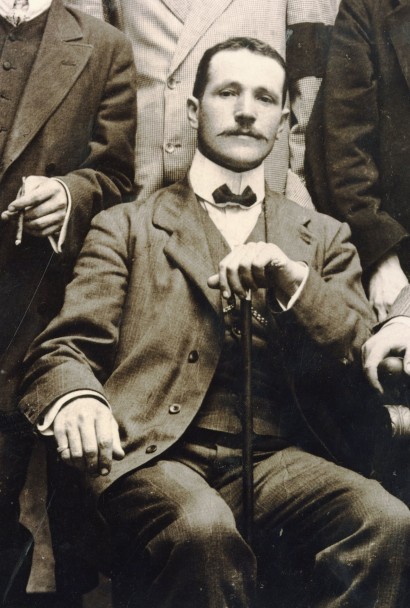CAMILLO UCCELLI – Architect

(Parma, 1874 – 1942)
In 1894 the twenty year old Camillo Uccelli emerged from the small group of students trained at the Institute of Fine Arts in Parma at the school of Edoardo Collamarini. His professional debut took place at the beginning of the century and showed particular commitment to the area of residential building and restoration, traces of which can be found in various works inside and outside the historic center of Parma. Meanwhile he was developing his career as a designer, attentive to the stylistic trends coming from across the English Channel, proposing a Neo Romantic and Neo Gothic accurate revival. He was attracted by the eclectic schemes of nationalism that he embellished in an extraordinary manner also in minor works, with details that recalled the dying Art Nouveau style. As Barilla’s trusted architect, Uccelli continued his activity for twenty years, from 1916 to 1936, through a series of interventions, rebuilding phases, additions of floors and extensions to the factory in the suburb of Vittorio Emanuele street. At the beginning of the 1920s he turned his attention mainly to the design of small villas, partly built in the immediate urban outskirts, and to the construction of various churches. The outstanding works in his substantial production include the Exhibition Hall, subsequently incorporated into the Centrale Cinema, (1915), Villa Grassi (1923), the church of San Leonardo (1928-31) and the minor Diocesan Seminary (1929-31). He died on the threshold of old age in 1942.
Gianni Capelli
Bibliography
CAPELLI Gianni, Gli architetti del primo Novecento a Parma (The architects of the beginning of the 1900s in Parma). Parma, Battei, 1975, pp. 93-96.
ZILOCCHI Barbara, IOTTI Massimo, Gli anni del Liberty a Parma (The years of Liberty Style in Parma). Parma, Battei, 1993, pp. 142-145.